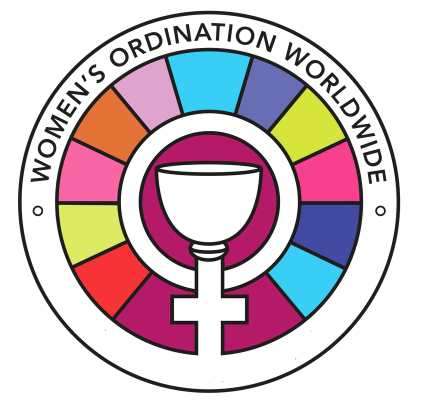Exclusion of Women Diminishes the Catholic Faith - Joe D'Amore
/Exclusion of Women Diminishes the Catholic
- Joe D’Amore
“We believed in Him on the strength of the woman’s testimony”
--Gospel of John 4:3
In all four Gospels of the New Testament, the story is told of Mary Magdala commissioned by Jesus to preach the “ good news.”
Mary Magdalene, Pietro Perugino, ca. 1500
This first century woman was one of the first evangelists. When she answered a deep spiritual calling and Jesus sought her out, she responded “Rabbouni” (teacher) and with a directive from him she engaged the disciples. “… I have seen the Lord … .”
The 21st ecumenical council of the Roman Catholic Church, known as Vatican II (1962-65) became an explosive and progressive – in relative terms – spiritual renewal. It was also an occasion to promote unity in the church and a renaissance of engagement for spiritually moved women.
In a recent interview on National Public Radio, Sister Helen Prejean of the famed 1993 memoir “Dead Man Walking” relayed her experience in her new memoir, “The River of Fire,” as a young woman who had entered the convent in 1957.
“It was called ‘blind obedience,’ and by being obedient, that was how you got holy,” she said. A few years later in 1962, her world dramatically changed with the advent of Vatican II. Nuns were able to critique books, challenge canonical precepts, converse and share with each other and even choose their own ministry.
Despite the tentative foray into a renewal of inclusion, women remain unable to preach the Gospel. They are restricted from priesthood, participating in policy authority and also to serve as lay deacons. Sister Prejean expressed her laments in a letter directly to Pope Francis, but to no avail. Startingly, Sister Prejean is free to preach and does so regularly in Protestant churches.
In July, Jean Molesky-Poz revealed in America/A Jesuit Review an extraordinary break from tradition and church doctrine. In 1996, laywomen were allowed to deliver homilies in a northern California parish and thereby preach the “good news.”
The yearning was borne from the local faith community and the pastor conceded and was the spiritual guide for Catholic women who wanted to preach.
Molesky-Poz categorized the experience as a “gift” and the awakening in her parish galvanized not only the women who prepared and delivered homilies (preaching of the four Gospels at a Mass), but also the entire faith community. It was a unifying force and the promise it brought of strengthening faith, led by women, was a uniquely American spiritual experience.
The practice had expanded by 2009 when a newly appointed arrived bishop arrived on the scene imposed a prohibition to this fledgling practice . Suddenly, formal bans emerged in dioceses throughout the nation. This ran contrary to a major tenant from Vatican II where engagement by the laity in many aspects of worship and service was at least conceptually encouraged.
The restrictions were formally confirmed by a declaration made by the United States Conference of Catholic Bishops in 2001 which read, in part, “… the preaching by the faithful may not take place with Celebration of the Eucharist at the moment reserved for the homily.” In short, the church forcefully reaffirmed traditions the policy of holy orders as an exclusive privilege of men endured. Therefore, only male priests and deacons can preach.
The forces of history will eventually overwhelm this flawed thinking. And with either just a passing interest in religion or a truly devout bearing, one only needs to confirm that scripture originally established the balance intended.
Women excluded from critical thinking of church doctrine, policy formulation and even evangelizing simply leads the Catholic Church to fall short of what is likely intended by our Creator.
Joe D’Amore
Groveland, Massachusetts

